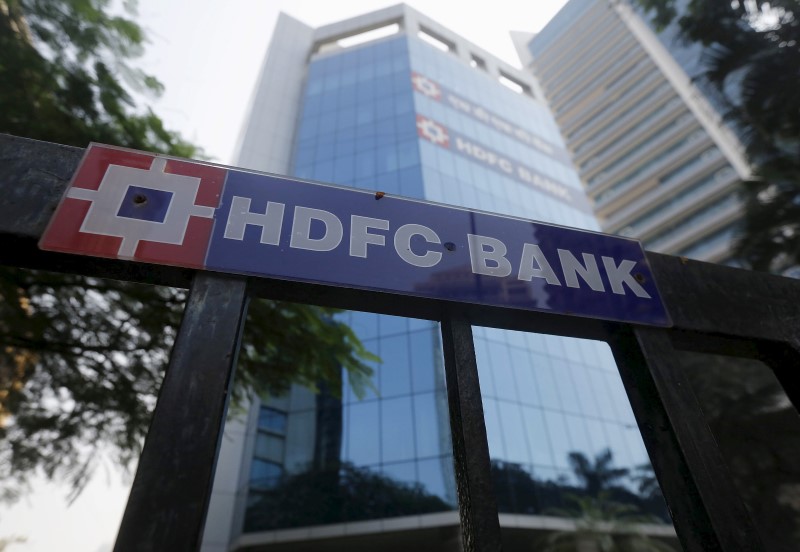The banking sector faces a pressing issue: many banks are struggling to expand their credit due to sluggish deposit growth. Normally, raising deposit rates to attract more deposits, particularly from wholesale segments, would be the go-to solution. However, under current regulations, wholesale deposits are less appealing due to their significant impact on the Liquidity Coverage Ratio (LCR). Essentially, for every $100 of wholesale deposits, banks must hold nearly $50 in High-Quality Liquid Assets (HQLA) to maintain an LCR of around 120%, making these deposits expensive and unattractive.
Bernstein highlights that this regulatory framework has resulted in a slow growth of deposits, especially during times when household deposits are already weak. To alleviate this, they suggest a potential tweak: reducing the runoff factor for wholesale deposits, which currently ranges from 40% to 100%, compared to just 3% to 10% for retail deposits. Lowering this factor would make wholesale deposits more attractive and could boost deposit growth significantly, even if banks need to offer higher rates.
A modest 10 percentage point reduction in the runoff factor could boost LCR ratios by approximately 20 percentage points, a substantial improvement. While a blanket reduction by the central bank seems unlikely, even narrowing the gap between the runoff factors for wholesale and retail deposits would be a substantial win for banks. It would enable them to attract more wholesale deposits without the heavy LCR burden currently imposed.
Bernstein also suggests alternative solutions if the runoff factor tweak isn’t feasible. These include revising the assets considered as HQLA, redefining wholesale deposits, shortening the LCR estimation window, and enhancing the usability of liquidity buffers.
Relaxing LCR constraints would benefit the entire banking sector, with banks heavily reliant on wholesale deposits, such as IndusInd Bank (NS:INBK), standing to gain the most. Public Sector Banks (PSBs) would also benefit, as their credit growth could soon outstrip their weak deposit growth. Among the larger Private Banks (PVBs), HDFC Bank (NS:HDBK) could find this particularly advantageous as it navigates multiple constraints during its ongoing transition.



